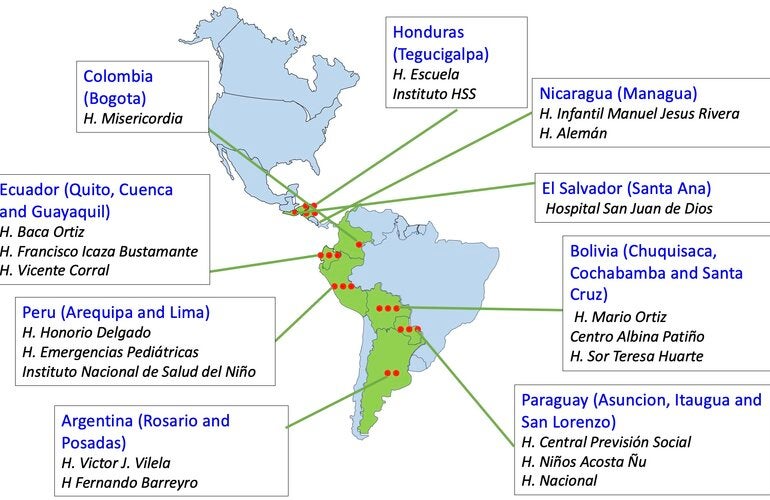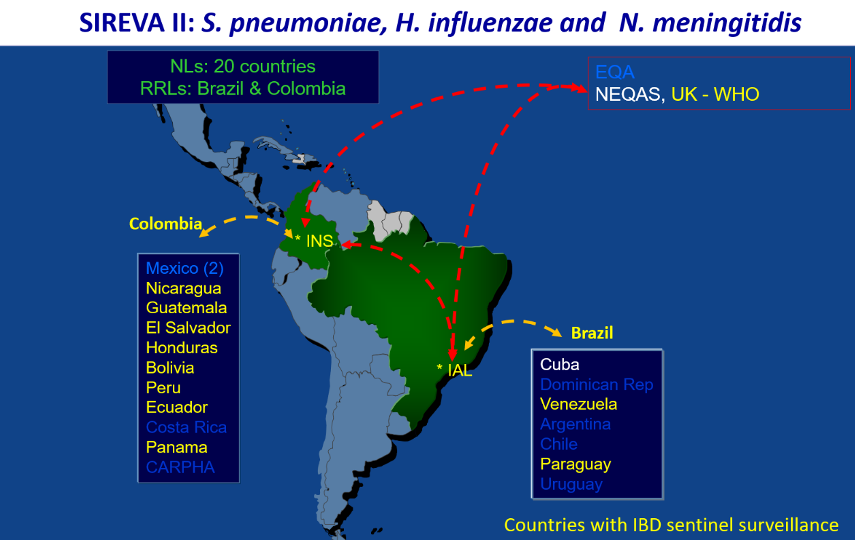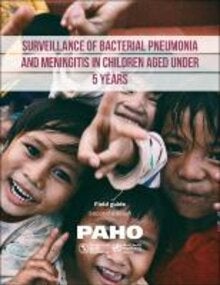Haemophilus influenzae is a pleomorphic Gram-negative coccobacillus. There are six encapsulated serotypes (designated ‘a’ through ‘f’) that have distinct capsular polysaccharides. Encapsulated and non-encapsulated strains are both potentially pathogenic to humans but differ in their virulence and pathogenic mechanisms. Haemophilus influenzae serotype b (Hib) is the most virulent, followed by serotype a (Hia), which mainly affects children under 2 years of age.
- In 2000, prior to widespread introduction of the vaccine in low- and middle-income countries, Hib was responsible for at least 8.13 million cases of serious illness (uncertainty interval [UI] 7.33-13.2 million) in children aged 1-59 months and 371,000 deaths (UI 247,000-527,000) globally.
- Worldwide in 2015, there were an estimated 934,000 cases (UI 852,000-1,530,000) of Hib pneumonia in children aged 1-59 months and 31,400 cases (UI 13,400-50,800) of meningitis, resulting in 22,600 (UI 15,900-29,700) and 7,300 (RI 2,700-11,300) deaths respectively. In the Region of the Americas, 5,300 cases (UI 4,900-8,700) corresponded to Hib pneumonia, with 2% lethality; and there were 200 cases (UI 100-300) of meningitis, with 30% lethality.
- An approximately 90% decrease in Hib cases and deaths followed the introduction of conjugated vaccines.
- Nasopharyngeal colonization by Hib also declined significantly in populations with extensive immunization coverage against the bacteria, due in part to herd immunity conferred by the use of Hib conjugate vaccines.
The risk of Hi infection is highest in children aged 2 months to 3 years, although it declines after age 2. In developing countries, the highest incidence is in children under 6 months of age; in developed countries the peak is observed between 6 and 12 months of age. In addition to age, certain conditions increase the risk of Hi (as is the case for all respiratory-transmitted microorganisms): environmental factors such as unventilated settings, overcrowding, exposure to tobacco smoke, air pollution, and concurrent upper respiratory infections. People with certain chronic diseases are at increased risk of infection by this bacterium.
Hi distribution is worldwide, with no well-defined seasonality. However, studies in the pre-vaccine era described seasonal trends in temperate climates, where incidence peaked in the autumn and spring.
It is estimated that between 4% and 35% of unimmunized healthy adults may carry Hi in the nasopharynx (nasopharyngeal colonization). The percentage of carriers is highest among pre-schoolers. Hi can remain in the nasopharynx for months.
Hi distribution is worldwide, with no well-defined seasonality. However, studies in the pre-vaccine era described seasonal trends in temperate climates, where incidence peaked in the autumn and spring.














